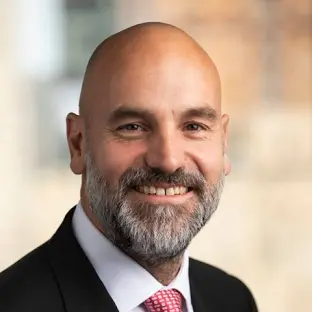
Mark Shuttleworth in 2019, photograph from Canonical
The Saving Marion Island’s Seabirds: The Mouse-Free Marion (MFM) Project aims to eradicate Marion Island’s introduced House Mice that have taken to attacking and killing the island’s albatrosses and petrels. Upon successful completion, the project, jointly managed by BirdLife South Africa and the South African Department of Forestry, Fisheries and the Environment, will have restored the critical breeding habitat of over two million seabirds, including eight ACAP-listed species, and improve the resilience of the island to a warming climate.
The MFM Project has recently announced an important donation of US$1 million from Mark Shuttleworth, a South African computer entrepreneur and philanthropist currently based in the United Kingdom. He initially specialised in digital certificates and internet security, first developed in his parents’ Cape Town garage while still a student.
Mark D. Anderson, BirdLife South Africa CEO and Chair of the Mouse-Free Marion Project’s Management Committee, writes: “A few weeks ago, I had a fascinating discussion with Mark Shuttleworth about the Mouse-Free Marion Project. He asked insightful and thoughtful questions, reflecting his deep commitment to conservation. His passion is evident in his support for the protection of Príncipe Island off the west coast of Africa, and now, through his interest in our critical work to eradicate invasive House Mice from Marion Island, where they are causing devastating harm to albatrosses and petrels.”
Mark Shuttleworth has been into space, the first South African (and African) to do so, for eight days as a tourist in 2002, when he helped conduct scientific experiments aboard the International Space Station. He travelled to Antarctica in 2004. He is one of four Honorary Patrons of BirdLife South Africa, all of whom are passionate about the conservation of South Africa’s natural environment and its birds. Mark has now continued his philanthropy by supporting the MFM Project, arguably South Africa’s most significant current environmental undertaking, in its effort to “re-wild” 30 000 hectares of South African island territory in the southern Indian Ocean.
On hearing the confirmation of one of the MFM Project’s most notable individual donations, Anton Wolfaardt, Project Manager said: “Mark Shuttleworth’s remarkable contribution provides a huge boost to our endeavour to restore Marion Island’s ecosystem. His generosity not only strengthens our capacity to deliver this globally significant conservation effort but also inspires others to support the protection of one of our planet’s most extraordinary wild places”.
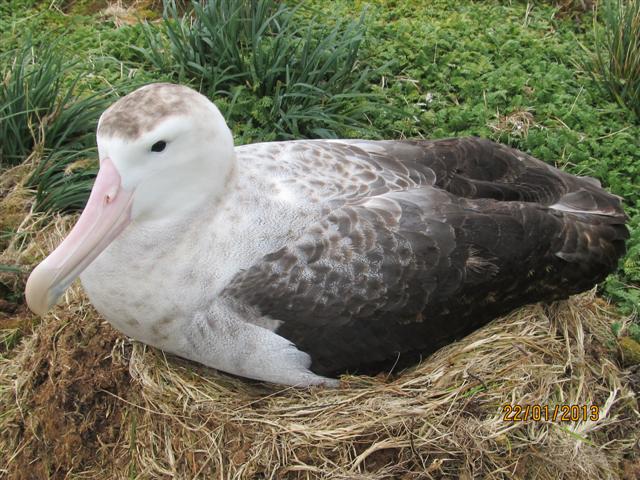
A breeding female Wandering Albatross on Marion Island, photograph by Linda Clokie
The MFM Project has this month released the 15th Issue of its Newsletter, available for downloading from here, as are all its previous editions. As well as the usual Editorial, the latest newsletter carries articles on a year in the life of a Vulnerable Wandering Albatross Diomedea exulans breeding on Marion Island, and on the project’s attendance at its second bird fair, in Pretoria, South Africa, following on from the Global Birdfair in the UK earlier in the year.
For more information or to support the MFM Project please visit mousefreemarion.org.
John Cooper, Emeritus Information Officer, Agreement on the Conservation of Albatrosses and Petrels, 20 October 2025
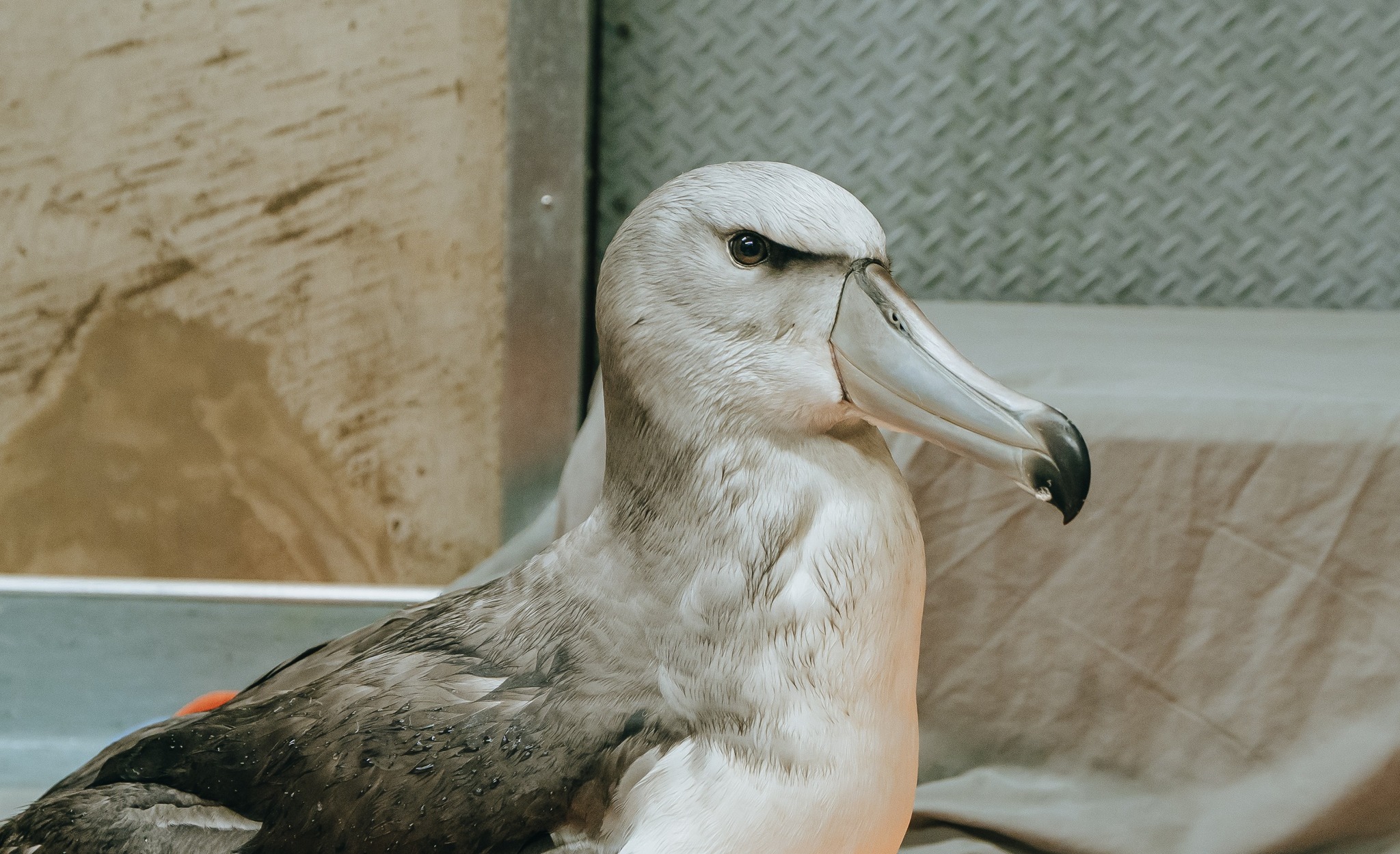 The juvenile Salvin’s Albatross at Auckland Zoo
The juvenile Salvin’s Albatross at Auckland Zoo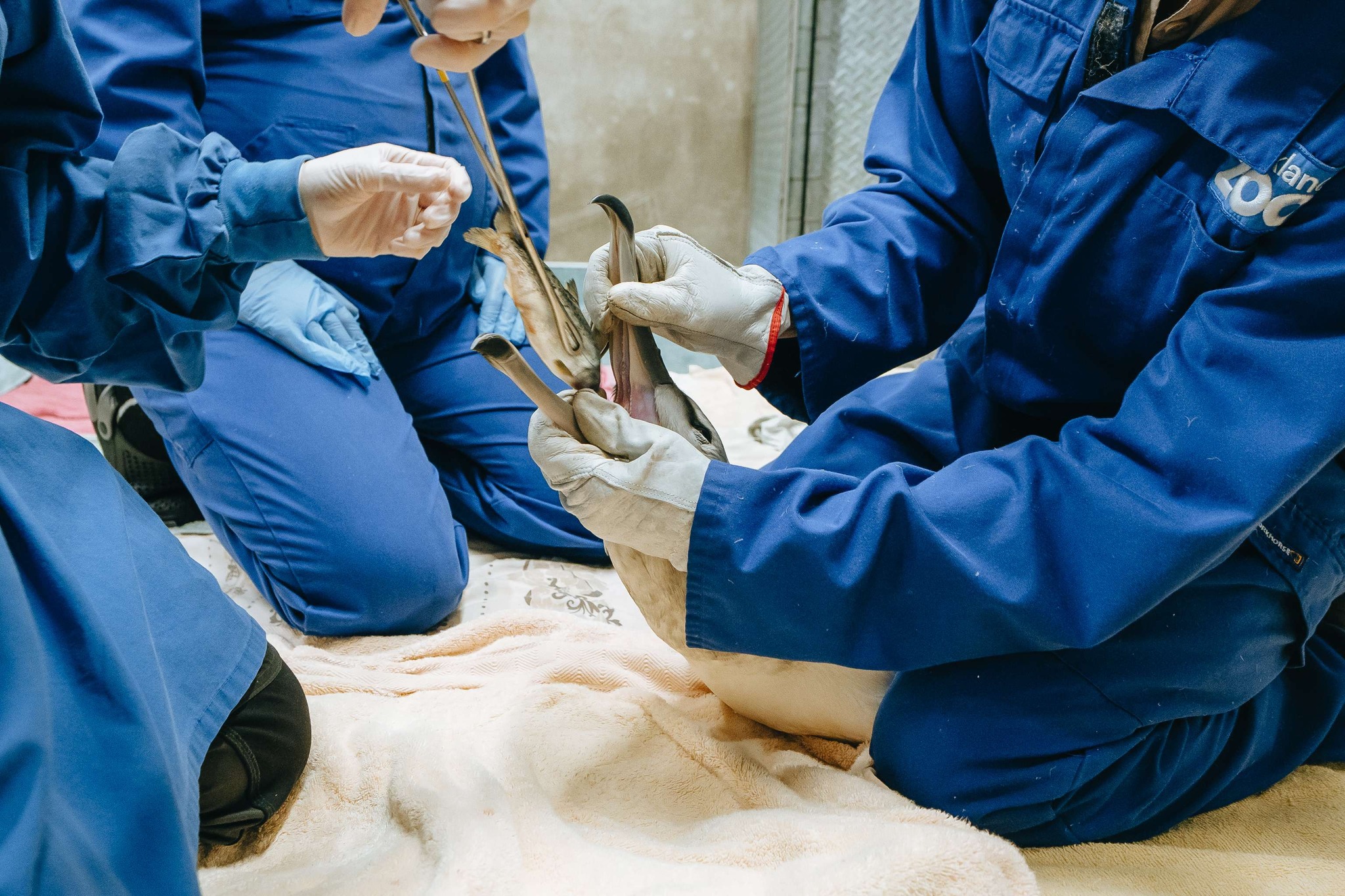
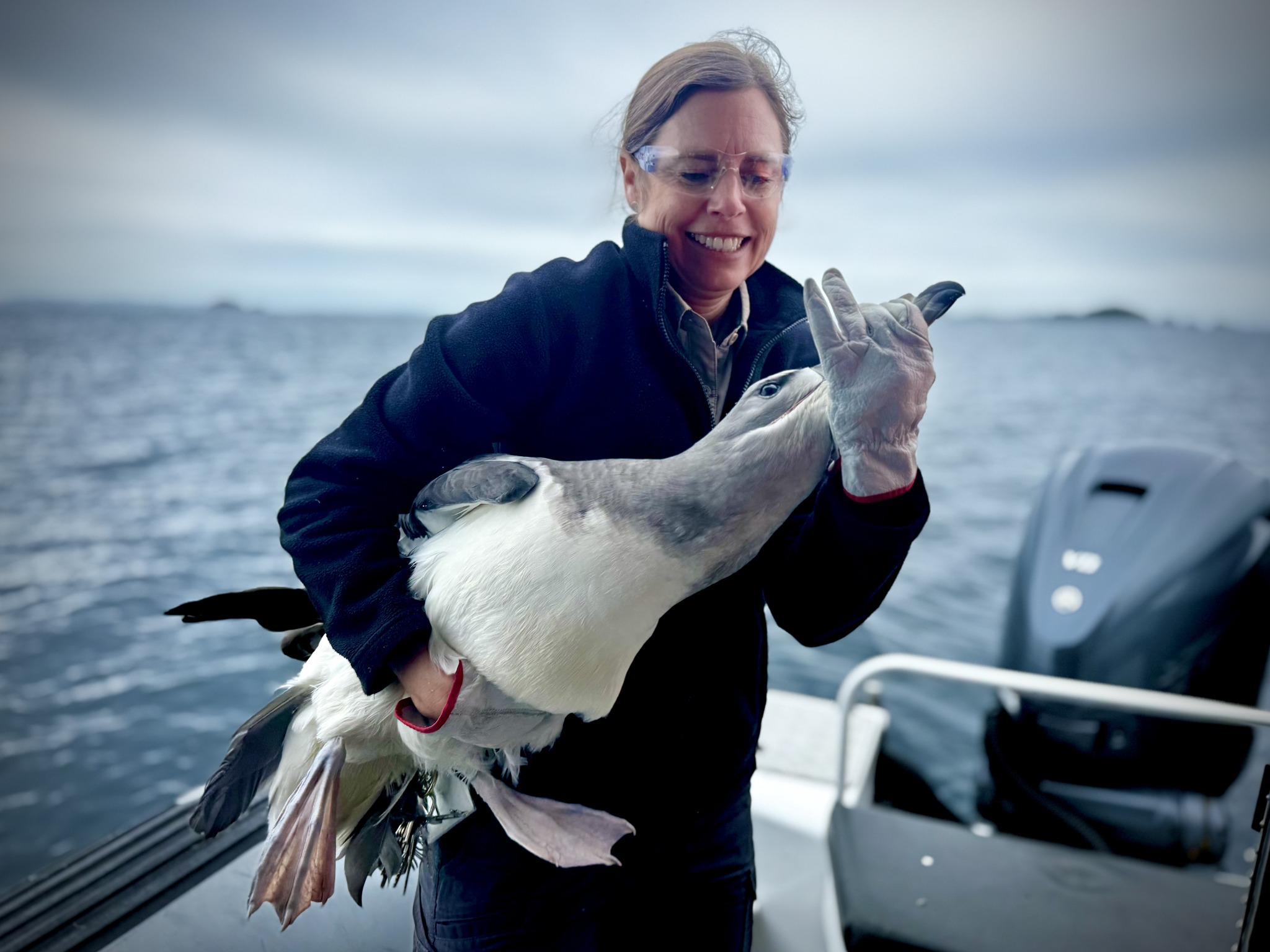
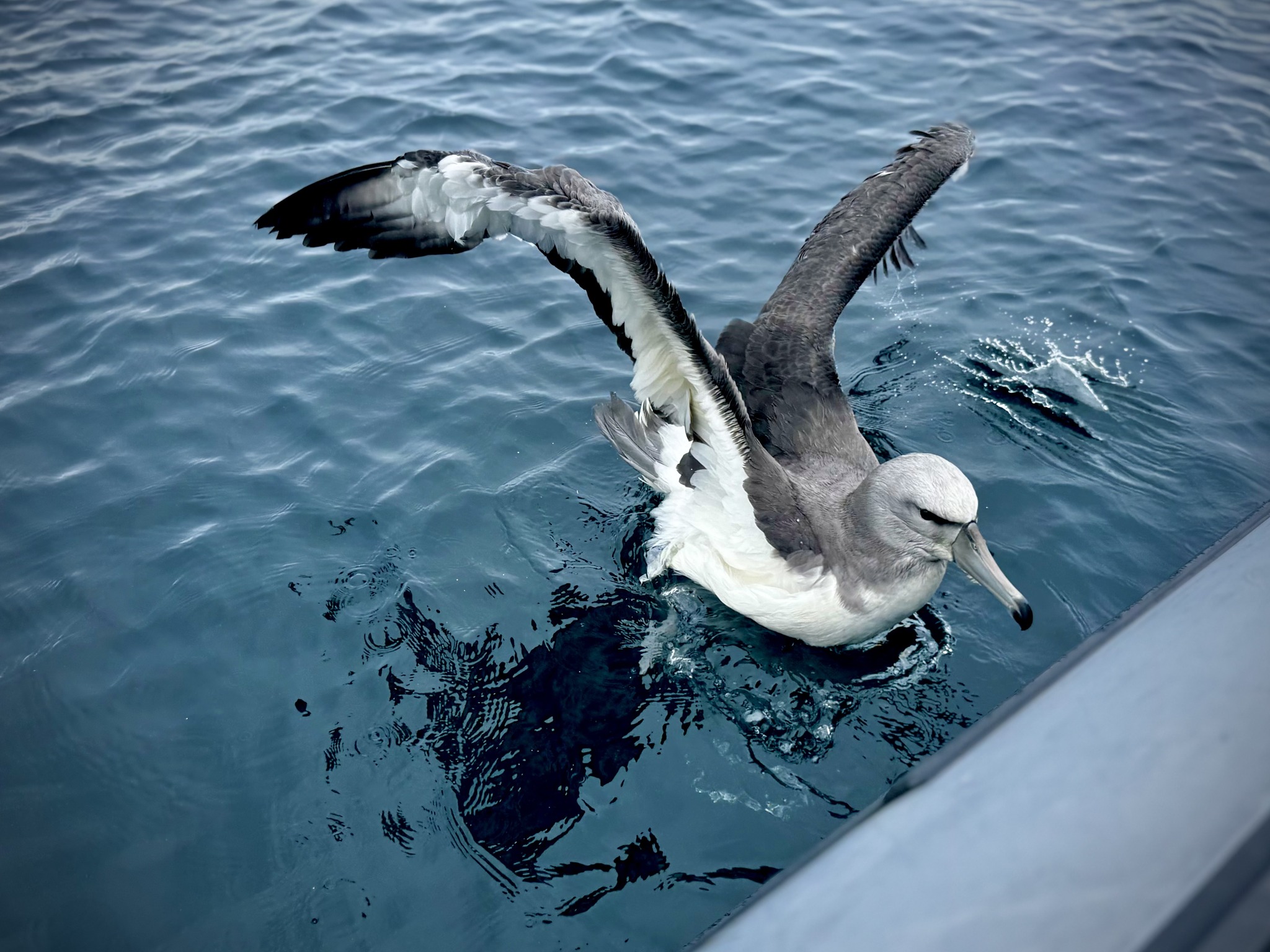

 English
English  Français
Français  Español
Español 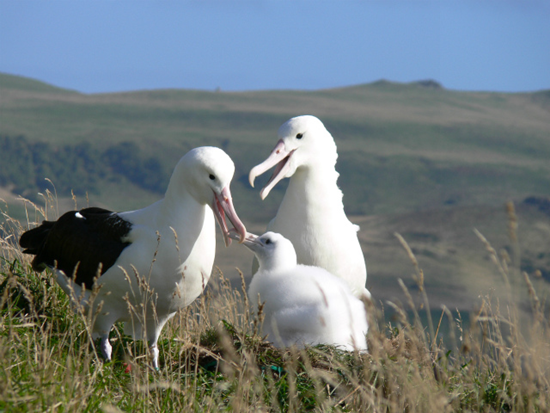
 A Wedge-tailed Shearwater chick in the Kaena Point NAR, photograph by Sora Gallo
A Wedge-tailed Shearwater chick in the Kaena Point NAR, photograph by Sora Gallo


